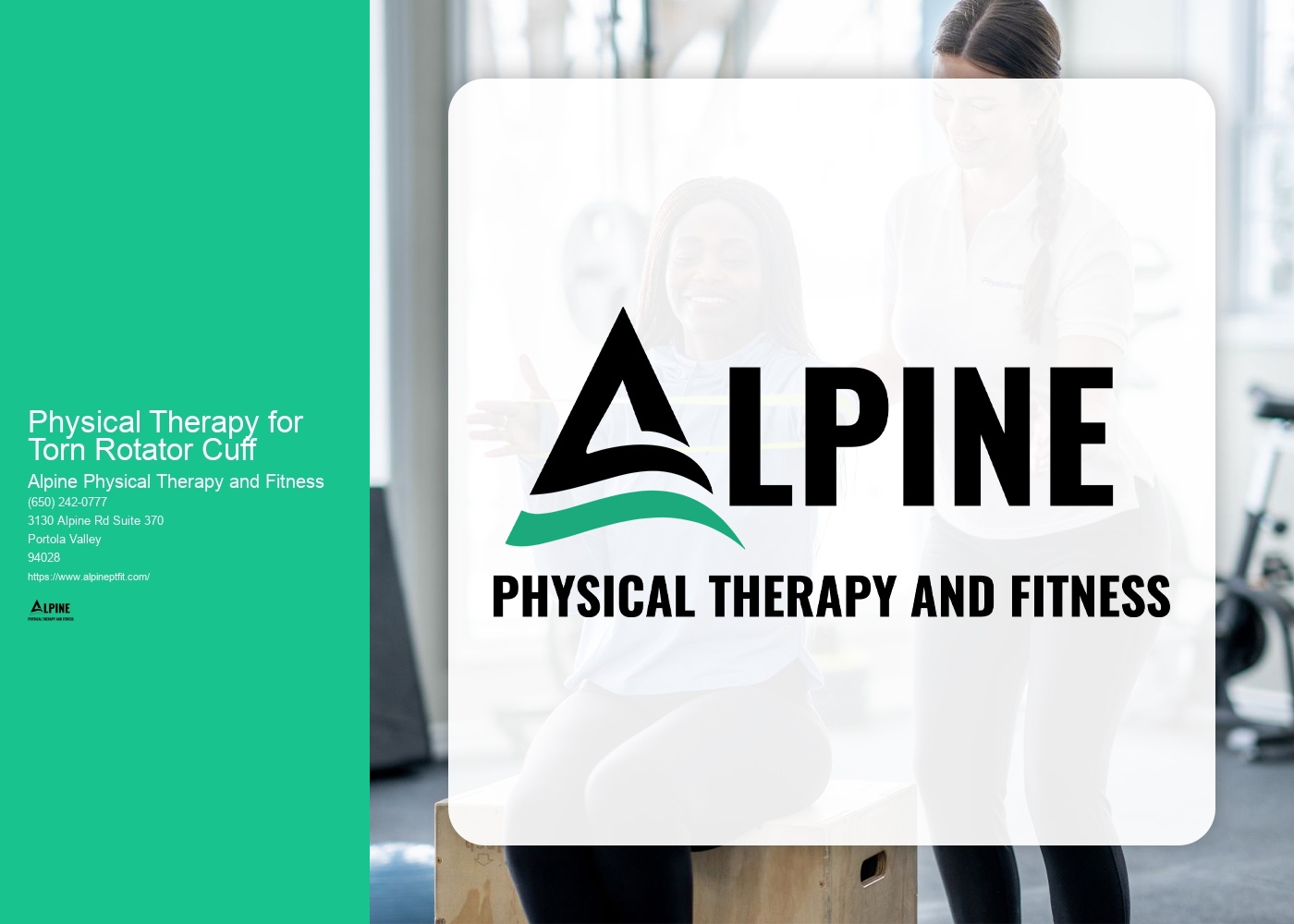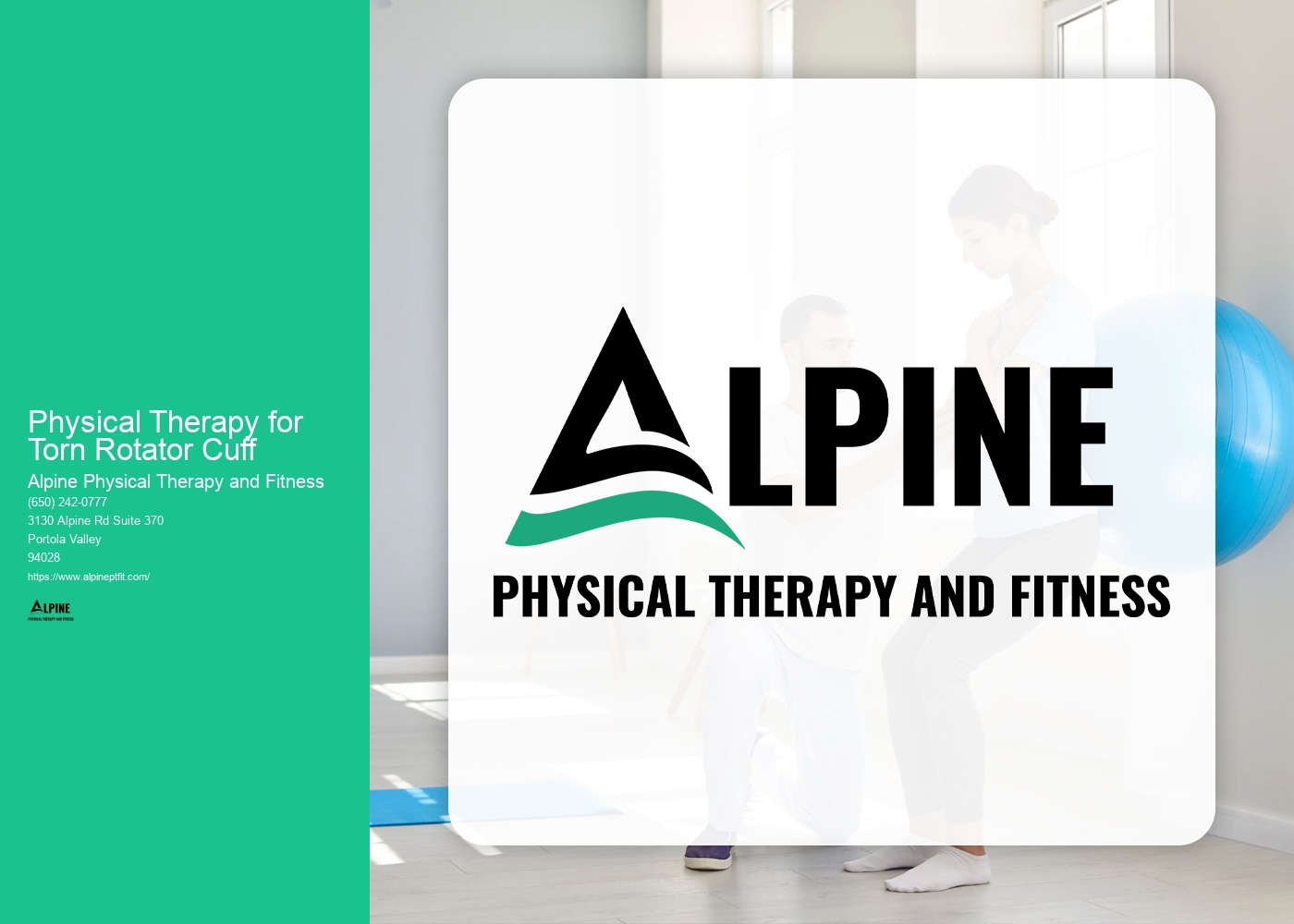

A torn rotator cuff is a common injury that affects the shoulder joint. It occurs when one or more of the tendons in the rotator cuff, which are responsible for stabilizing and moving the shoulder, become torn. This can result in pain, weakness, and limited range of motion in the affected shoulder.
There are several common causes of a torn rotator cuff. One of the main causes is repetitive overhead motions, such as those performed in sports like baseball or tennis. Other causes include trauma or injury to the shoulder, degenerative changes in the tendons due to aging, and chronic wear and tear from activities that involve repetitive arm movements.
The symptoms of a torn rotator cuff can vary depending on the severity of the tear. Common symptoms include pain in the shoulder, especially when lifting or reaching overhead, weakness in the affected arm, difficulty lifting or rotating the arm, and a clicking or popping sensation in the shoulder joint. Some individuals may also experience shoulder stiffness and difficulty sleeping on the affected side.

To diagnose a torn rotator cuff, a healthcare professional will typically perform a physical examination of the shoulder, assessing range of motion, strength, and any signs of tenderness or swelling. They may also order imaging tests such as an MRI or ultrasound to confirm the diagnosis and determine the extent of the tear.
Treatment options for a torn rotator cuff depend on the severity of the tear and the individual's symptoms. Non-surgical treatments may include rest, physical therapy exercises to strengthen the shoulder muscles, pain medication, and the use of ice or heat therapy. In more severe cases, surgery may be recommended to repair the torn tendons.

Recovery time for a torn rotator cuff can vary depending on the individual and the extent of the injury. In general, it can take several weeks to several months for the shoulder to heal and for full range of motion and strength to be regained. Physical therapy is often an important part of the recovery process to help restore shoulder function and prevent future injuries.
To prevent a torn rotator cuff from happening again, it is important to take steps to protect the shoulder joint. This includes avoiding repetitive overhead motions or activities that put excessive strain on the shoulder. It is also important to maintain good posture and use proper lifting techniques to avoid putting unnecessary stress on the shoulder. Regular exercise to strengthen the shoulder muscles can also help to prevent future injuries. If participating in sports or activities that involve repetitive arm movements, it is important to warm up properly and use proper technique to reduce the risk of injury.

Regular exercise is crucial for preventing falls in the elderly. A combination of strength, balance, and flexibility exercises can help improve muscle tone, coordination, and stability. Strength exercises, such as leg presses and squats, can help build muscle and improve overall stability. Balance exercises, such as standing on one leg or walking heel-to-toe, can help improve balance and reduce the risk of falls. Flexibility exercises, such as stretching and yoga, can help improve range of motion and prevent muscle stiffness. Additionally, activities like tai chi and water aerobics can be particularly beneficial for improving balance and reducing the risk of falls. It is important for elderly individuals to consult with a healthcare professional or a qualified exercise specialist to develop a personalized exercise program that suits their specific needs and abilities.
Gait training is an essential component of rehabilitation for patients with neurological disorders. To ensure the best outcomes, several best practices should be followed. Firstly, it is crucial to conduct a thorough assessment of the patient's gait pattern, including their posture, balance, and coordination. This assessment should be tailored to the specific neurological condition and take into account any associated impairments, such as muscle weakness or spasticity. Secondly, a multidisciplinary approach involving physiotherapists, occupational therapists, and rehabilitation physicians should be adopted to provide comprehensive care. This team can collaborate to develop an individualized treatment plan that addresses the patient's specific needs and goals. Thirdly, the use of assistive devices, such as walkers or canes, should be considered to support the patient's stability and safety during gait training. These devices can help improve balance and reduce the risk of falls. Additionally, incorporating task-specific exercises and functional activities into the training program can enhance the patient's ability to perform daily tasks and improve their overall mobility. Regular reassessment and adjustment of the treatment plan are also essential to ensure ongoing progress and optimize outcomes. By following these best practices, healthcare professionals can effectively support patients with neurological disorders in improving their gait and overall functional abilities.
Physical therapy can be an effective treatment option for individuals suffering from adhesive capsulitis of the shoulder, also known as frozen shoulder. This condition is characterized by pain, stiffness, and limited range of motion in the shoulder joint. Physical therapy interventions such as joint mobilizations, stretching exercises, and strengthening exercises can help improve shoulder mobility, reduce pain, and restore function. Additionally, modalities like heat therapy, cold therapy, and electrical stimulation may be used to alleviate pain and promote healing. The physical therapist will develop a personalized treatment plan based on the individual's specific needs and goals, ensuring a comprehensive and targeted approach to managing adhesive capsulitis.
The Graston Technique is a specialized form of manual therapy that is commonly used in physical therapy to treat a variety of musculoskeletal conditions. This technique utilizes specially designed stainless steel instruments to effectively detect and treat soft tissue restrictions and adhesions. The Graston Technique can be applied to various areas of the body, including the neck, back, shoulders, hips, knees, and ankles. It is particularly effective in addressing conditions such as plantar fasciitis, carpal tunnel syndrome, tennis elbow, rotator cuff injuries, and Achilles tendonitis. By using the Graston Technique, physical therapists are able to effectively break down scar tissue, improve range of motion, reduce pain, and promote tissue healing.
Physical therapy plays a crucial role in managing spinal cord injuries by providing comprehensive rehabilitation and promoting functional recovery. The primary goal of physical therapy is to improve the patient's mobility, strength, and overall physical function. This is achieved through a variety of techniques, including therapeutic exercises, manual therapy, and assistive devices. Physical therapists also focus on addressing secondary complications that may arise from spinal cord injuries, such as muscle weakness, spasticity, and loss of balance. They work closely with the patient to develop personalized treatment plans that target specific impairments and help them regain independence in activities of daily living. Additionally, physical therapy plays a vital role in educating patients and their families about proper body mechanics, injury prevention, and adaptive strategies to enhance their quality of life. Overall, physical therapy is an essential component of the multidisciplinary approach to managing spinal cord injuries, aiming to optimize functional outcomes and promote long-term well-being.